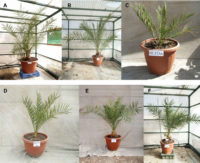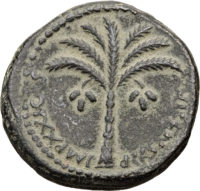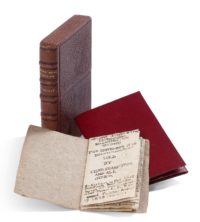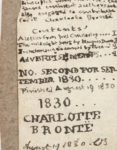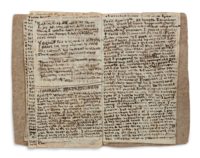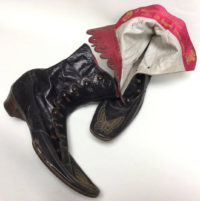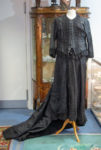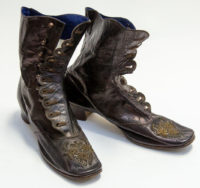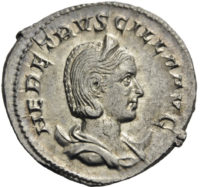 It’s been more than a year and a half since Janet Stephens posted one of her epic historic hairstyling tutorials using period-accurate tools and it’s been three years since the last Roman hairstyle. Now she’s back with an intricate 9-strand braid worn by the Empress Herennia Etruscilla in the mid-3rd century A.D.
It’s been more than a year and a half since Janet Stephens posted one of her epic historic hairstyling tutorials using period-accurate tools and it’s been three years since the last Roman hairstyle. Now she’s back with an intricate 9-strand braid worn by the Empress Herennia Etruscilla in the mid-3rd century A.D.
The 3rd century was a chaotic time for the Roman Empire. After the assassination of the last Severan emperor, Severus Alexander, in 235, the combination of internal political turmoil, civil wars, Germanic invasions, increasing expansion of the Persian Sassanid Empire, economic depression and plagues, nearly drove the empire to collapse. By 268, like the Gaul of Julius Caesar’s time, the empire itself was divided into three parts — the Gallic Roman Empire (Gaul, Britannia and Hispania), the Palmyrene Empire (Syria, Egypt, Arabia, Asia Minor) and the Roman Empire (Italy). It would be reunited under in 270 by Aurelian, builder of the walls around Rome. The Crisis would come to its full end with the ascension of Diocletian in 284, 26 dead emperors after it began.
So when Herennia Etruscilla was getting her hair did by extremely nimble-fingered ornatrices, she was enjoying what would be a very brief window of time at the top. Her husband Decius was acclaimed as emperor in September 249 after he killed his predecessor Philip the Arab. His reign lasted less than two years, ending with his death in battle at the hands of the Goths in June 251. His and Herennia Etruscilla’s oldest son and co-emperor died with him. Their youngest son, 13-year-old Hostilian, succeeded to the throne, but only as co-emperor to the troops’ choice Trebonianus Gallus, and only for a few months before his death either from plague or at the hand of said Trebonianus Gallus.
During those few months of Hostilian’s rise to the purple, Herennia Etruscilla acted as regent. Almost nothing is known about her life, but thanks to the devaluation of currency and the constant cranking out of coinage, we have a surprisingly rich record of her portraiture. There are 13 different coins from aurei to sestertii that feature her profile with views of her elaborate hairstyling.
From one of those coin portraits, Janet selected a nine-strand braid arranged in a column style, meaning in a single thick plait up the back of the head. It requires a dexterity beyond my comprehension and hair of such length and thickness that it’s no wonder it took Janet a decade to get to this look. It is truly a masterful feat of patience and skill. My one regret is that she wasn’t able to include the stephane — a Hellenic style of diadem that comes to a point in the front — that Herennia Etruscilla Augusta wears in all of her coins.

